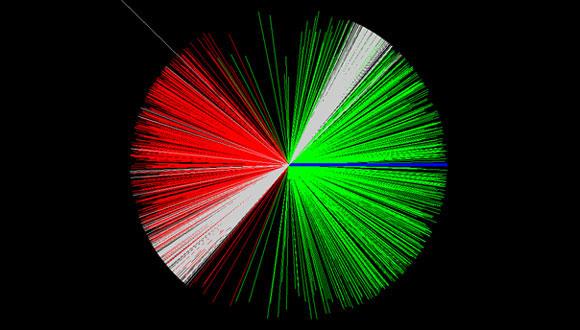Israel Joint Nuclear Physics Seminar
PROGRAM
14:45 - 15:00 Refreshments + Organization
15:00 - 16:00 "The Precision Frontier: Lepton-proton scattering", Jan C. Bernauer, MIT, USA
Abstract:
The nucleon and its structure are the focus of intense study on all energy scales, in both current and upcoming experiments. It is one of the simplest systems in non-perturbative QCD and the accurate description of its properties are a touchstone for theoretical calculations.
Recent precision experiments have provided a wealth of information, but have also illuminated two glaring discrepancies: the proton radius puzzle and the form factor ratio divergence. The former, still unsolved, may have opened the door to the discovery of physics beyond the Standard Model, while a solution for the latter seems in reach.
In this talk, I will discuss the Mainz high precision form factor measurement and global form factor analysis, which are corner stones of the radius puzzle; the OLYMPUS experiment, which is poised to give the final confirmation of the solution to the ratio problem; the MUSE experiment, which will provide a missing piece for the proton radius puzzle; and the DarkLight experiment, which will search for physics beyond the Standard Model at the intensity frontier.
16:00 - 16:30 Coffee Break
16:30 - 17:30 "How to resolve the proton radius puzzle?", Gil Paz, Wayne State University, USA
Abstract:
In 2010 the first measurement of the proton charge radius from spectroscopy of muonic hydrogen was found to be five standard deviations away from the regular hydrogen value. More than five years later, this "proton radius puzzle" is still unresolved.
The proton radius puzzle has led to a reevaluation of the extraction of proton radii from scattering and spectroscopy data. I will describe some of these developments and their implications to neutrino-nucleus scattering.
One of the most promising avenues to test the muonic hydrogen result is a new muon-proton scattering experiment called MUSE. I will describe how effective field theory methods will allow us to connect muonic hydrogen spectroscopy to muon-proton scattering in a model-independent way.


